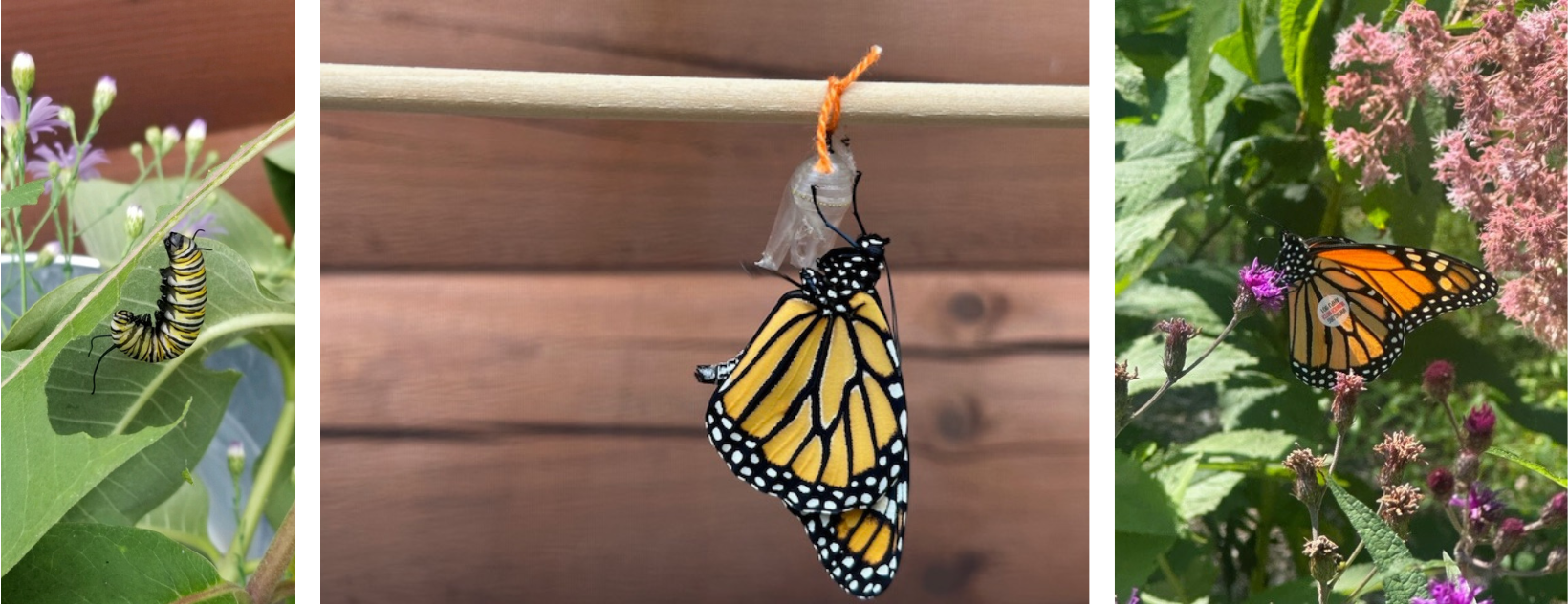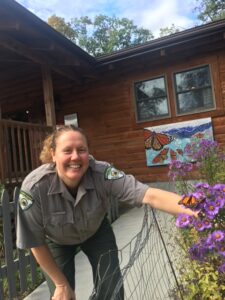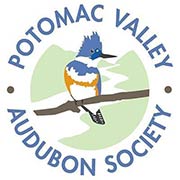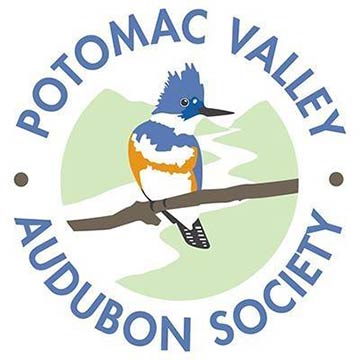News

- This event has passed.
PVAS Monthly Program: Monarch Butterfly Migration: Visiting the Overwintering Sites in Central Mexico
Wednesday, May 8, 2024 @ 6:30 pm - 8:00 pm

The Potomac Valley Audubon Society welcomes Valerie Chaney, Park Naturalist/Park Activities Coordinator at Cacapon Resort State
Park!
SCHEDULE
- 6:30 PM: Social time with light refreshments. In order to reduce waste, we are asking that people bring their own mugs.
- 7:00 PM: Presentation begins!
- 8:00 PM: Approximate end of the program – though it may last longer depending on questions and discussion!
PVMN Continuing Education Eligible
This in-person program is free and open to the public. All ages are welcome to attend.
We will also be offering this program virtually! Here is the Zoom link so you can join in from home. If you are not able to attend live, in-person or virtually, you can view a recording of the Monthly Program presentation later! We typically post the recording within several days.
Presentation Description –
Monarch butterflies are well known for their beauty and impressive life cycle that inspires those who can capture these miraculous life stages. The remarkable 3,000-mile journey from northeastern U.S. and Canada to their ancestral wintering grounds of central Mexico make this migration one of the world’s most astounding natural events. However, the monarch butterflies are declining in numbers, and we are in jeopardy of losing this phenomenon of a multigenerational migration. Habitat loss is a major factor here in the U.S. and in their central Mexico overwintering sight. Come learn about monarchs and how you can help!
This February 2024 Valerie visited the Monarch Butterly Biosphere Reserve in Central Mexico. She traveled with a small group of monarch educators and enthusiasts with Monarch Joint Venture. Natural Habitat Adventures provided the expedition leaders and expert naturalist guides, taking the group to Angangueo into El Rosario Sanctuary and Chincua Sanctuary. Traveling into these sanctuaries by horseback, they were able to witness tens of millions of monarch butterflies covering the oyamel fir trees!
Efforts to preserve this fragile forest ecosystem are the key to the monarchs’ survival. Natural Habitat Adventures partners with the World Wildlife Fund who assists local communities to protect the butterflies’ habitat. These trips help demonstrate that ecotourism can be a more viable and sustainable source of economic sustenance than logging.
Valerie recommends watching this video about the endangered migration by Natural Habitat Adventures and she is looking forward to sharing more information, pictures, and videos during this presentation!
About the Presenter:
 Valerie Chaney is currently the Park Naturalist/Park Activities Coordinator at Cacapon Resort State Park in Berkley Springs, WV. She is a West Virginia native of Fort Ashby, located in Mineral County. She has been with West Virginia State Parks since 2018, managing the park’s nature center and developing activities, youth programs, guided hikes, and interpretive programs for all ages. As a park naturalist, she covers a wide range of environmental topics, but monarch butterfly conservation has taken the lead. The original mowed lawn surrounding the nature center has transformed over the years into a beautiful oasis of native plants for all pollinators and as an official monarch waystation by Monarch Watch. Working with volunteer groups, monarch conservation groups, and local community groups has made this all possible. She has received grants to design and purchase plants for the monarch way station and interpretive signs. (Blue Ridge Wild Ones, The Monarch Alliance, Eastern West Virgina Community Foundation) The monarch waystation has become an outdoor classroom for all to see varieties of milkweed, monarchs in all life stages, helping our visitors discover how they can make a difference. This year was our most successful year yet of raising monarchs and tagging them on site with visitors and with local Morgan County Schools.
Valerie Chaney is currently the Park Naturalist/Park Activities Coordinator at Cacapon Resort State Park in Berkley Springs, WV. She is a West Virginia native of Fort Ashby, located in Mineral County. She has been with West Virginia State Parks since 2018, managing the park’s nature center and developing activities, youth programs, guided hikes, and interpretive programs for all ages. As a park naturalist, she covers a wide range of environmental topics, but monarch butterfly conservation has taken the lead. The original mowed lawn surrounding the nature center has transformed over the years into a beautiful oasis of native plants for all pollinators and as an official monarch waystation by Monarch Watch. Working with volunteer groups, monarch conservation groups, and local community groups has made this all possible. She has received grants to design and purchase plants for the monarch way station and interpretive signs. (Blue Ridge Wild Ones, The Monarch Alliance, Eastern West Virgina Community Foundation) The monarch waystation has become an outdoor classroom for all to see varieties of milkweed, monarchs in all life stages, helping our visitors discover how they can make a difference. This year was our most successful year yet of raising monarchs and tagging them on site with visitors and with local Morgan County Schools.
© 2025 · Potomac Valley Audubon—Website powered by The Downstream Project

